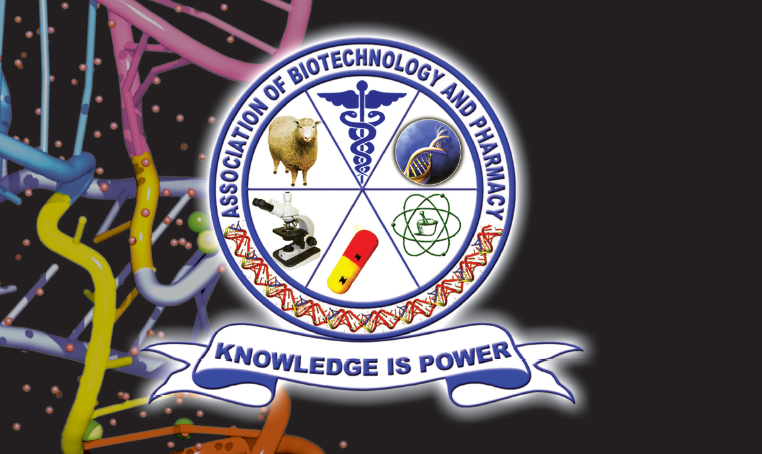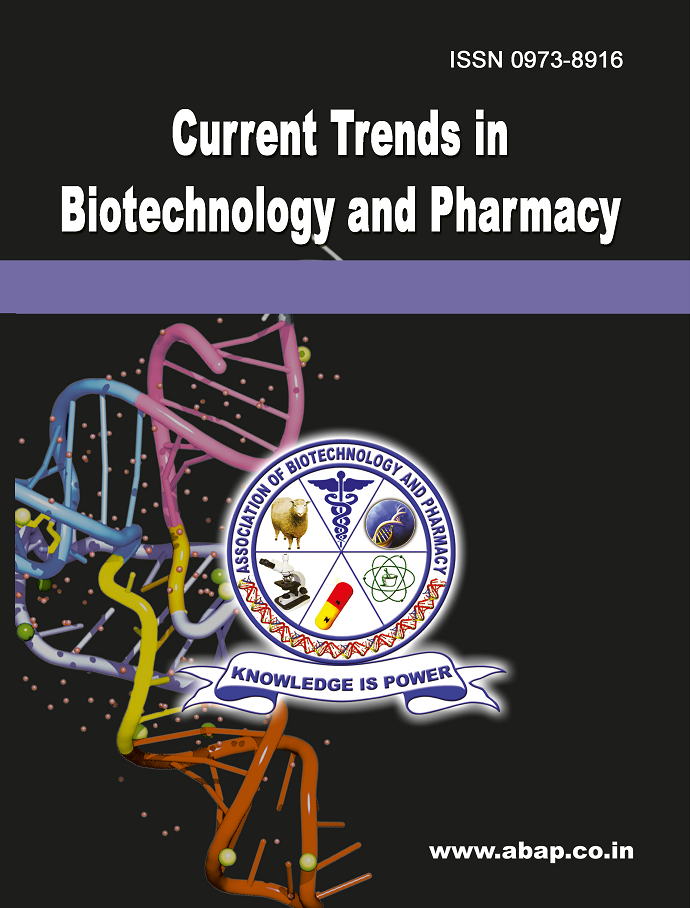ACE2 Engagement In Virus Internalization Could Lead to Reduced Efficiency of RAAS Pathway Causing Hyponatremia as Negative Prognostic Factor Among COVID-19 patients
DOI:
https://doi.org/10.5530/ctbp.2025.3.34Keywords:
RAAS, Sodium, Hyponatremia, Mortality, SARS-CoV-2Abstract
SARS-CoV-2 utilizes host ACE2 for cleaving S1 subunit of Spike Protein for its entry into the cell. This can lead to reduced cell surface availability of ACE2, affecting the efficient maintenance of RAAS pathway resulting into poor reabsorption of Sodium in kidney leading to hyponatremia. Our study of 1940 cases showed that in recovered patients (Year 2020), 23.5% had hyponatremia of which 25.9% had many comorbidities. Among deceased patients, 44.1% had hyponatremia as single morbidity factor. In year 2021, among recovered patients 16.8% had hyponatremia, whereas among the deceased patients, 31.2 % reported hyponatremia of which 73.9 % had hyponatremia as single co-morbidity associated with death. We report hyponatremia as the single negative prognostic factor and more importantly the possible fact that hyponatremia could be caused due to engagement of ACE2 in virus internalization, thereby impacting efficiency of RAAS pathway responsible for sodium reabsorption.



